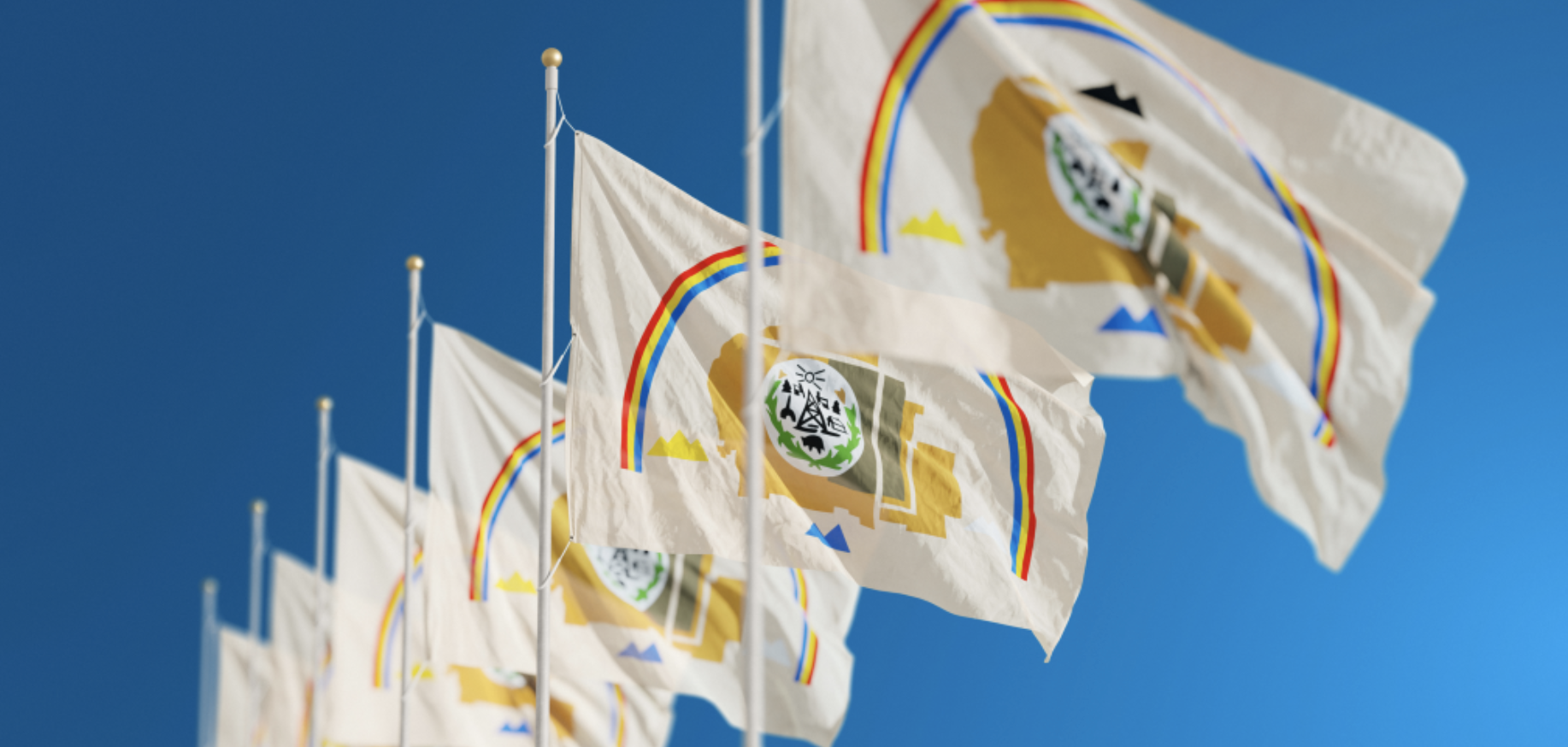
- Details
- By Native News Online Staff
That’s because— under its current collection, aggregation, and publication method of race and ethnicity data— the government could be excluding more than three-quarters of Native Americans from official data sets, the report says.
“These practices may bias research, contribute to negative policy impacts, and perpetuate long-standing misunderstandings about Native American populations,” researchers Robert Maxim (Mashpee Wampanoag Tribe), Gabriel Sanchez, and Kimberly Huyser (Diné) wrote.
Currently, the Census Bureau collects race data based on the 1997 U.S. Office of Management and Budget (OMB) standards on race and ethnicity. The 1997 OMB standards define “American Indian or Alaska Native” as “A person having origins in any of the original peoples of North and South America (including Central America), and who maintains tribal affiliation or community attachment.”
While racial data captured in the 2020 census shows that the vast majority of white Americans, Black Americans, and Asian Americans self-identify as one race alone, more than half of all Native American and Alaska Natives identify as mixed-race. Between 2010 and 2020, the number of people who identified as Native American alone or in combination with another race almost doubled from the previous census release in 2010, and the number of Americans classified as two or more races more than tripled.
“This is problematic because government agencies and non-governmental researchers often choose to aggregate all multiracial individuals into a single ‘two-or-more-races’ category,” the report said. “When that happens, it removes a majority of Native Americans and lumps them into a catch-all category with groups that have significantly different backgrounds and life experiences.”
Additionally, the authors note that aggregating Native Americans—the only census-defined racial identity that is also a political identity— into a monolithic racial group can have problematic implications on tribal sovereignty. In the pending Supreme Court case Haaland v. Brackeen, opponents argue that it’s unconstitutional to give Native Americans adoption preferences for Native children based on their race, whereas defenders say that the preference comes from tribal citizenship to a nation, regardless of an individual’s racial background.
“While federal government data collection has no direct bearing on how the Supreme Court will rule in the case, the broader treatment of Native Americans as a ‘race’—which is underscored in government data collection and reporting—may influence how non-Native people perceive or misunderstand Native American identity,” authors wrote.
The authors proposed short-term and long-term recommendations for the U.S. government to change its data collection practices when it comes to Native Americans. They suggested:
- Separating race and tribal citizenship in data collection by creating an additional census question to ask about Native American identity with a write-in for tribal affiliation.
- Encouraging federal government agencies to publish public data on American Indian and Alaska Native populations alone and in combination with other groups, in addition to single race data.
- Empowering tribes to collect and manage data on their own populations.
“Regardless of how the U.S. government chooses to proceed, it’s clear that the current practice of measuring Native Americans using mutually exclusive, single-race data is not working well,” the report said. “Moreover, the growing population of mixed-race Native Americans may foreshadow broader demographic trends in the country as a whole. Given that, it is time for both the federal government and non-governmental researchers to rethink how they measure Native American identity, as well as reconsider the broader use of mutually exclusive single-race categories upon which U.S. data publication has long relied.”
More Stories Like This
Native News Weekly (August 25, 2024): D.C. BriefsUS Presidents in Their Own Words Concerning American Indians
Indigenous Actor Elaine Miles Reports Detention by Alleged ICE Agents
Happy Thanksgiving from Native News Online
Coming Up on Native Bidaské: Behind the Animation: Joey Clift Talks “Pow” and Native Storytelling
Help us tell the stories that could save Native languages and food traditions
At a critical moment for Indian Country, Native News Online is embarking on our most ambitious reporting project yet: "Cultivating Culture," a three-year investigation into two forces shaping Native community survival—food sovereignty and language revitalization.
The devastating impact of COVID-19 accelerated the loss of Native elders and with them, irreplaceable cultural knowledge. Yet across tribal communities, innovative leaders are fighting back, reclaiming traditional food systems and breathing new life into Native languages. These aren't just cultural preservation efforts—they're powerful pathways to community health, healing, and resilience.
Our dedicated reporting team will spend three years documenting these stories through on-the-ground reporting in 18 tribal communities, producing over 200 in-depth stories, 18 podcast episodes, and multimedia content that amplifies Indigenous voices. We'll show policymakers, funders, and allies how cultural restoration directly impacts physical and mental wellness while celebrating successful models of sovereignty and self-determination.
This isn't corporate media parachuting into Indian Country for a quick story. This is sustained, relationship-based journalism by Native reporters who understand these communities. It's "Warrior Journalism"—fearless reporting that serves the 5.5 million readers who depend on us for news that mainstream media often ignores.
We need your help right now. While we've secured partial funding, we're still $450,000 short of our three-year budget. Our immediate goal is $25,000 this month to keep this critical work moving forward—funding reporter salaries, travel to remote communities, photography, and the deep reporting these stories deserve.
Every dollar directly supports Indigenous journalists telling Indigenous stories. Whether it's $5 or $50, your contribution ensures these vital narratives of resilience, innovation, and hope don't disappear into silence.
 The stakes couldn't be higher. Native languages are being lost at an alarming rate. Food insecurity plagues many tribal communities. But solutions are emerging, and these stories need to be told.
The stakes couldn't be higher. Native languages are being lost at an alarming rate. Food insecurity plagues many tribal communities. But solutions are emerging, and these stories need to be told.
Support independent Native journalism. Fund the stories that matter.
Levi Rickert (Potawatomi), Editor & Publisher

